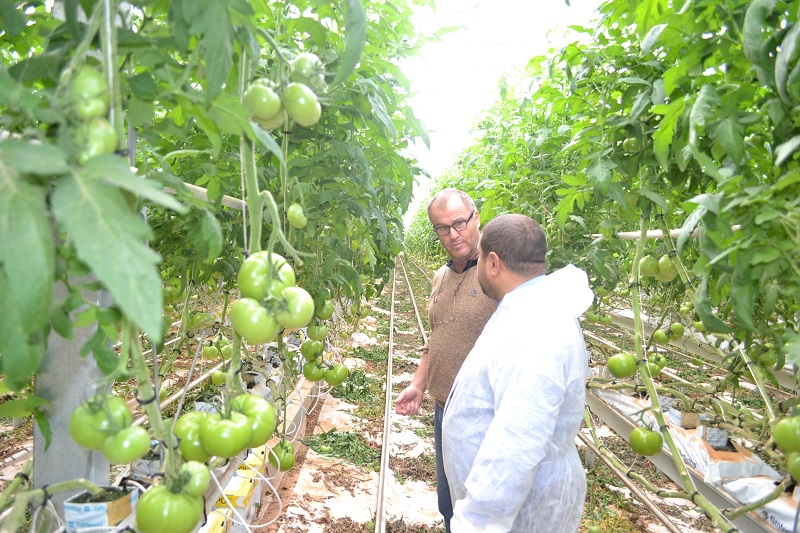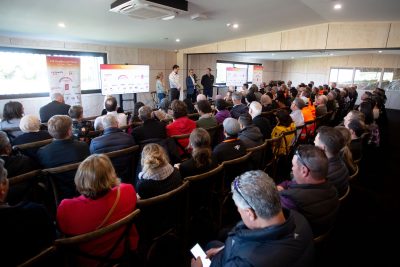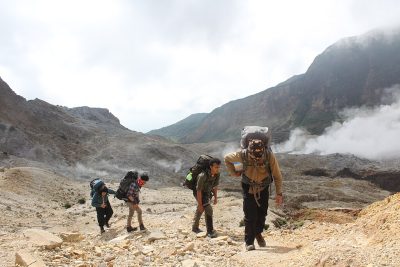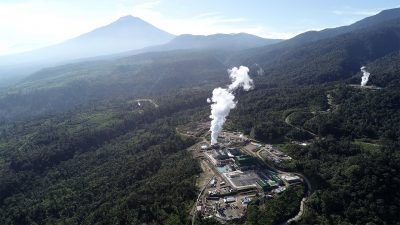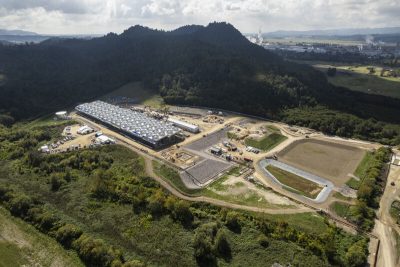Web-based tool to help New Zealand greenhouse growers switch to geothermal
A web-based tool under development by several partners will provide information on transitioning to geothermal heating to greenhouse growers in New Zealand.
A new web-based tool is currently being developed to help greenhouse growers in New Zealand understand and evaluate the potential to transition to geothermal heating. The tool is expected to be ready by March 2026.
The project is being supported by the Sustainable Food and Fibre Futures fund through the Ministry for Primary Industries. Development of the tool will be collaborative work between GNS Science, GeoExchange NZ, Vegetables NZ, and Tomatoes NZ.
The future online mapping and information tool will draw on existing data and knowledge about low-temperature geothermal resource availability in the greater Auckland, Northern Waikato, and Bay of Plenty regions, and how to use it to for temperature control of covered crop operations. This will provide growers with accessible and understandable information on geothermal potential when considering heat energy decarbonization options.
The project team will deliver:
- A subsurface mapping tool to assess geothermal potential in the upper North Island;
- Economic feasibility insights to determine the costs and benefits of transitioning to geothermal in various settings;
- Increased awareness of geothermal energy as a renewable heating option for greenhouses, filling a critical gap in current decarbonization pathways.
“The use of geothermal heat in greenhouses is common overseas but not in New Zealand, which is ironic given how obvious this form of energy is in parts of the country like Rotorua,” commented Vegetables NZ CEO Antony Heywood.
Energy costs currently account for about 30-40% of a the overhead costs of greenhouse growers. Reliance on fossil fuels also makes them vulnerable to rising gas prices, Emissions Trading Scheme (ETS) costs, and supply disruptions. Geothermal energy offers a reliable, cost-effective alternative that strengthen food security while helping New Zealand align with international trends in geothermal adoption for greenhouse horticulture.
In early 2024, John Burnell of GNS Science mentioned that more than 90% of the tomatoes, capsicum, and cucumbers commercially grown in New Zealand are grown as covered crops in about 310 hectares of greenhouses, mostly in the North Island. This was in the context of a five-year research plan undertaken by GNS Science that aims to identify and characterize geothermal resources for greenhouse agriculture in New Zealand.
Source: GNS Science and Vegetables NZ
